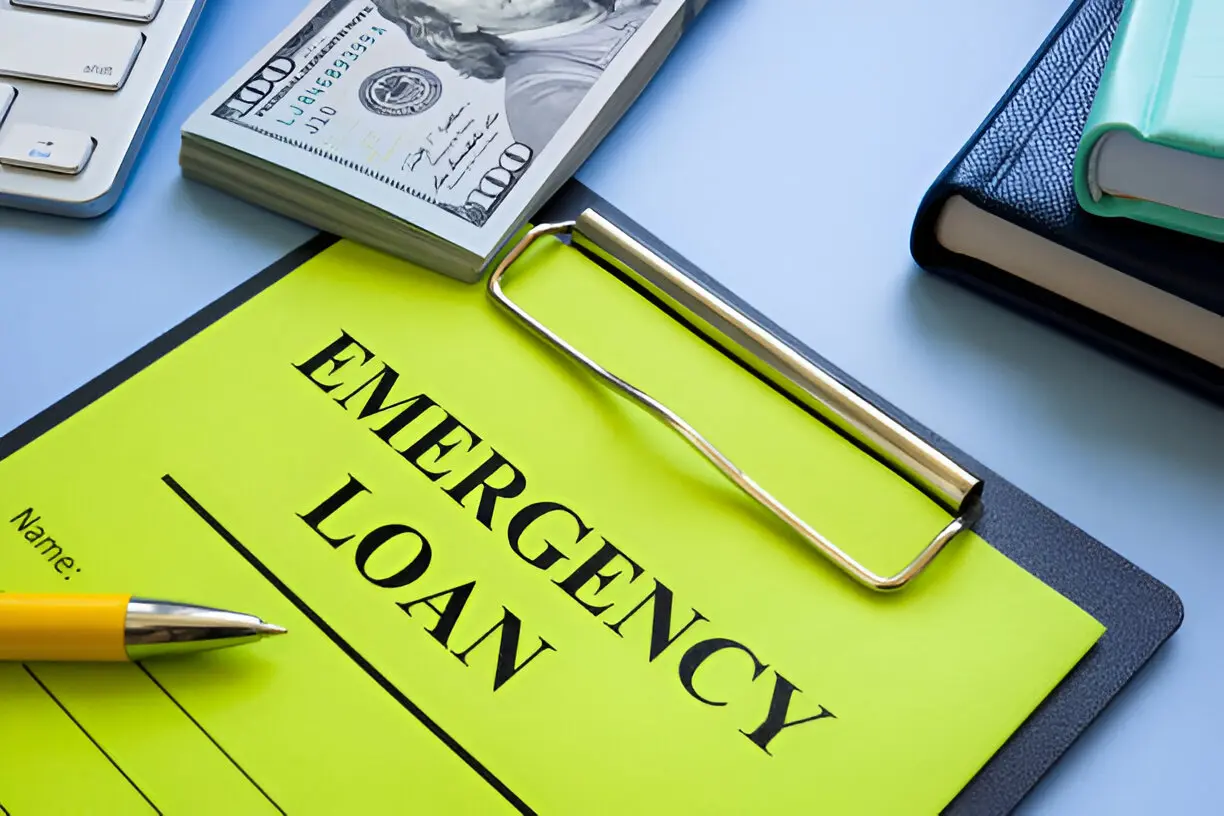Life rarely goes exactly as planned. Whether it’s an unexpected medical bill, car repair, or home emergency, financial surprises can quickly throw off your budget. For many people, a personal loan can be a practical way to bridge the gap when an emergency expense comes up. Understanding how personal loans work, their benefits, and what to consider before applying can help you make a confident decision when you need funds fast.
What Is a Personal Loan?
A personal loan is a type of installment loan that provides borrowers with a lump sum of money that’s repaid over a set period of time, typically with fixed monthly payments. Unlike credit cards, which can carry variable rates and revolving balances, personal loans have predictable terms and repayment schedules.
Most personal loans are unsecured, meaning they don’t require collateral like a car or home. Approval is generally based on factors such as your credit history, income, and debt-to-income ratio.
Why Use a Personal Loan for Emergencies?
When the unexpected happens, personal loans offer several advantages over other forms of borrowing:
- Quick Access to Funds: Many lenders can approve and fund personal loans in just a few business days.
- Lower Interest Rates: Compared to credit cards or payday loans, personal loans often come with lower, fixed interest rates.
- Predictable Repayment: Fixed monthly payments make it easier to budget for repayment.
- Flexibility: Funds from a personal loan can be used for a wide variety of emergency expenses, from hospital bills to essential home repairs.
Things to Consider Before Applying
While personal loans can be a lifeline, it’s important to weigh your options before applying:
- Loan Terms: Review the repayment period and make sure the monthly payments fit within your budget.
- Interest Rate: Your credit score will play a big role in the rate you receive. The better your credit, the lower your rate may be.
- Fees: Some loans include origination fees or prepayment penalties, so read the fine print.
- Long-Term Impact: Borrowing can provide relief now, but make sure you have a plan for repayment to avoid future financial strain.
Personal Loans vs. Other Emergency Options
When facing an emergency, you may consider alternatives such as credit cards, payday loans, or borrowing from family. Each has its pros and cons, but personal loans often strike a balance between affordability and accessibility. For example, payday loans can provide quick cash but typically come with extremely high interest rates, while credit cards may be convenient but can lead to revolving debt if not managed carefully.
Building a Safety Net for the Future
While personal loans can help you handle emergencies today, it’s also wise to plan ahead. Building an emergency savings fund, even a small one, can reduce the need for borrowing in the future. Setting aside a little each month can eventually cover unexpected expenses without disrupting your financial stability.
Final Thought
Emergencies are stressful enough without the added worry of finances. A personal loan can provide a structured, affordable way to handle urgent expenses and regain peace of mind. By understanding the terms, weighing the pros and cons, and choosing a trusted lender such as a federal credit union, you can use personal loans responsibly and keep your financial health on track.
Also Read-Why Tech-Savvy Designers Are Turning to Virtual Tools for Better Results








